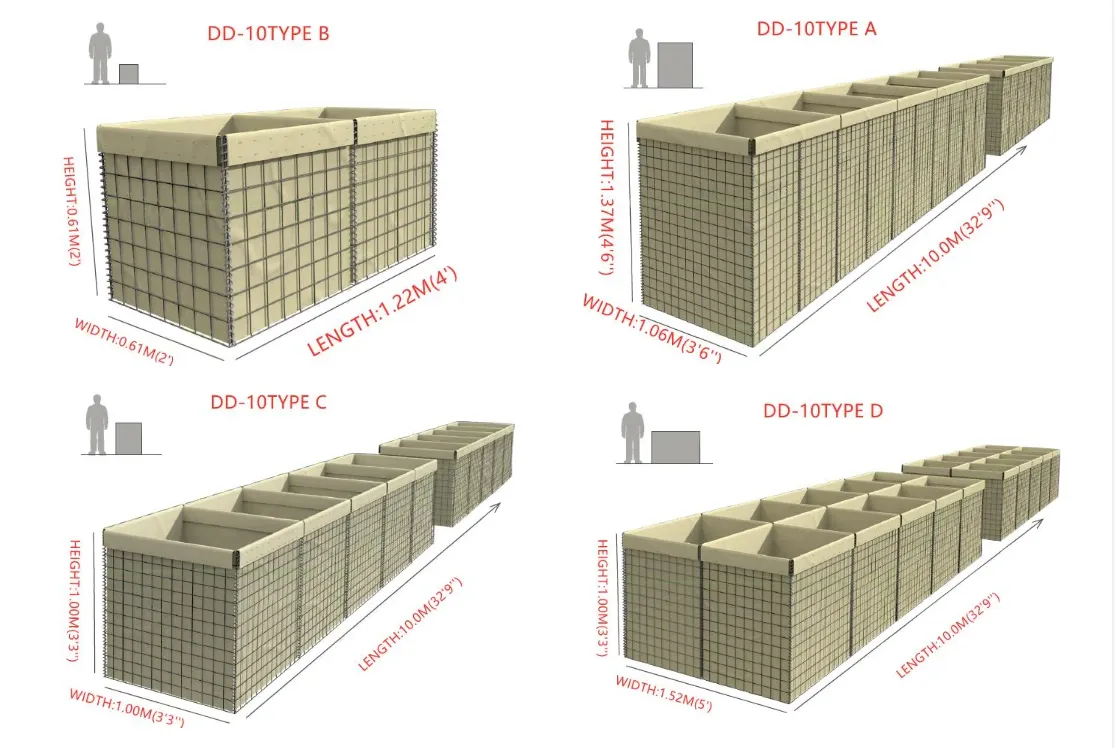The Importance of Temporary Farm Fencing
In the world of agriculture, securing livestock and crops is a priority that cannot be overlooked. One effective solution that farmers often turn to is temporary farm fencing. This innovative approach to fencing provides flexibility and adaptability, making it an invaluable tool for modern farmers.
Understanding Temporary Farm Fencing
Temporary farm fencing, as the name suggests, is a type of fencing designed to be easily set up and removed. It is typically made from lightweight materials such as plastic, metal mesh, or electric wiring. Unlike traditional permanent fences, which can be costly and labor-intensive to install, temporary fencing requires minimal effort, making it an ideal choice for farmers who may need to adjust their operations seasonally or in response to market demands.
One of the primary uses of temporary farm fencing is to manage livestock. Farmers often need to rotate their animals between different pastures to ensure that the land remains healthy and can recover. Temporary fencing allows for quick enclosure of a designated area, giving animals access to fresh grazing while protecting the land from overgrazing. This can lead to better soil health, increased pasture productivity, and ultimately, healthier livestock.
Cost-Effectiveness and Versatility
temporary farm fence

The economic benefits of temporary fencing are substantial. Traditional fencing can be expensive, both in materials and installation costs. Temporary fencing, on the other hand, is usually much less expensive and can often be set up by the farmer themselves without the need for professional help. This reduces labor costs significantly, especially for smaller farms or those just starting in the agricultural industry.
Additionally, temporary fencing is incredibly versatile. It can be used not only for livestock management but also for protecting crops from wildlife, creating boundaries during seasonal operations, or even establishing areas for temporary housing such as tents for farm workers. The ability to easily relocate fences means farmers can adapt their setup to best suit their needs at any given time.
Environmental Considerations
With increasing awareness of environmental sustainability in farming practices, temporary fencing also offers ecological benefits. By allowing farmers to rotate grazing areas and manage land use more effectively, it promotes better land health. Furthermore, many temporary fencing options are made from recyclable materials, aligning with sustainable farming ideals.
Conclusion
In conclusion, temporary farm fencing serves as a crucial asset for farmers, providing a flexible, cost-effective, and environmentally friendly solution to managing livestock and crops. In a time when adaptability is vital for success in the agricultural sector, the ability to quickly reconfigure fencing arrangements not only enhances operational efficiency but also promotes sustainable practices. As farms continue to evolve to meet the demands of a changing world, the role of innovative solutions like temporary fencing will undoubtedly grow, benefiting both farmers and the environment alike.
-
Trusted Expanded Metal Mesh For All Projects
NewsMay.08,2025
-
Stainless Steel Expanded Metal for Versatile Uses
NewsMay.08,2025
-
Reliable Steel Grating Choices
NewsMay.08,2025
-
Perforated Sheet Metal for Every Need
NewsMay.08,2025
-
Heavy Duty Expanded Metal Mesh for Robust Solutions
NewsMay.08,2025
-
Expanded Aluminum Metal for Versatile Applications
NewsMay.08,2025
Subscribe now!
Stay up to date with the latest on Fry Steeland industry news.

